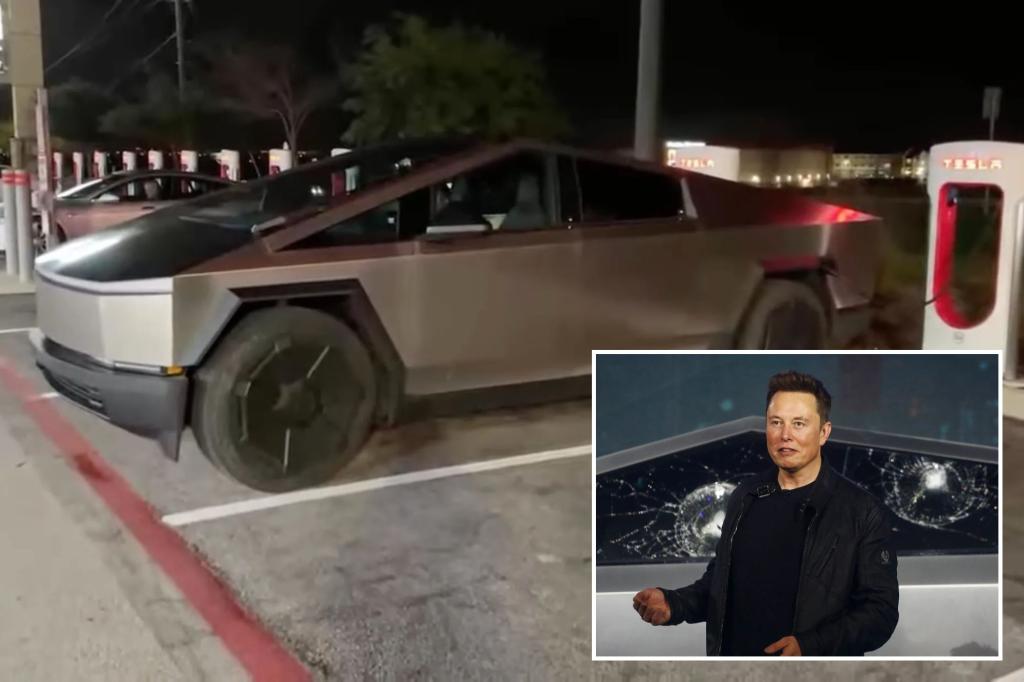Tesla Cybertruck gets less than 80% of advertised range in YouTuber’s test::A YouTuber took Tesla’s Cybertruck on a ride to see if it can actually hit its advertised 320-mile range, only to find out that its could only reach 79% of the target. When YouTuber Kyle Conn…



And EVs and hybrids have regenerative braking so that does some recharging of the batteries. It’s not going to be stellar, but in stop and go traffic, it could definitely had some miles to range. There’s a lot less stopping on highways.
Regenerative braking isn’t magical. It doesn’t add range. It reduces range lost by stopping. Conservation of energy is still a thing.
If you were to drive any speed uninterrupted until the vehicle died, then attempted the same drive with stops every mile, the vehicle wouldn’t make it to the end.
This is true, but it’s neglecting one variable that does complicate the math slightly. There is greater air resistance at highway speeds. IIRC at 60mph 50% of your power is lost due to the air resistance.
So yes, if we lock the speed to a fixed value and compare them, then regenerative of course doesn’t increase the range more than not stopping at all. But that’s the nuanced gap in the discussion where misunderstanding is going to reside. That’s why you two are on different pages. Someone is assuming equal air resistance (speed), and someone is assuming a comparison of average city miles vs highway miles.
Neither is necessarily the ONLY way to look at it. It’s all relative.
Semantics. Regenerative braking adds miles of range compared to those without.
Yes, but it’s unrelated to highway versus city performance in electric/hybrid cars.
Driving under highway speeds is almost always more efficient due to wind resistance. But for ICE cars without regenerative brakes the losses from braking and idling hurt enough to give the illusion of freeway efficiency.
And the reason actual highway speed versus the estimates on the sticker are often so far off with ICE cars is that the test is based on 55mph max highway speeds with an average speed of 48mph. Meanwhile the speed limits on all the freeways near me are between 75 and 85, making actual performance way, way worse.
Important to note though that air resistance is nonlinear — it uses less energy to get from A to B slowly than quickly.
It’s not only not “not stellar”, it’s the reason hybrids and EVs have higher city miles than highway. Acceleration takes a lot of energy compared to maintaining speed, and regenerative breaking recaptures most of that for use next time you take off.
It’s why hybrids can increase fuel mileage so much without being plugged in. It’s huge.
If you’re ever driving an EV that has the option to see real time flow of watts (with numbers, not just graphics), watch what it does while taking off, coming to a stop, and cruising at speed (both slower city speeds and higher highway speeds). You’ll probably see fifty to a hundred plus kW flow either direction while speeding up and slowing down, and under five while cruising